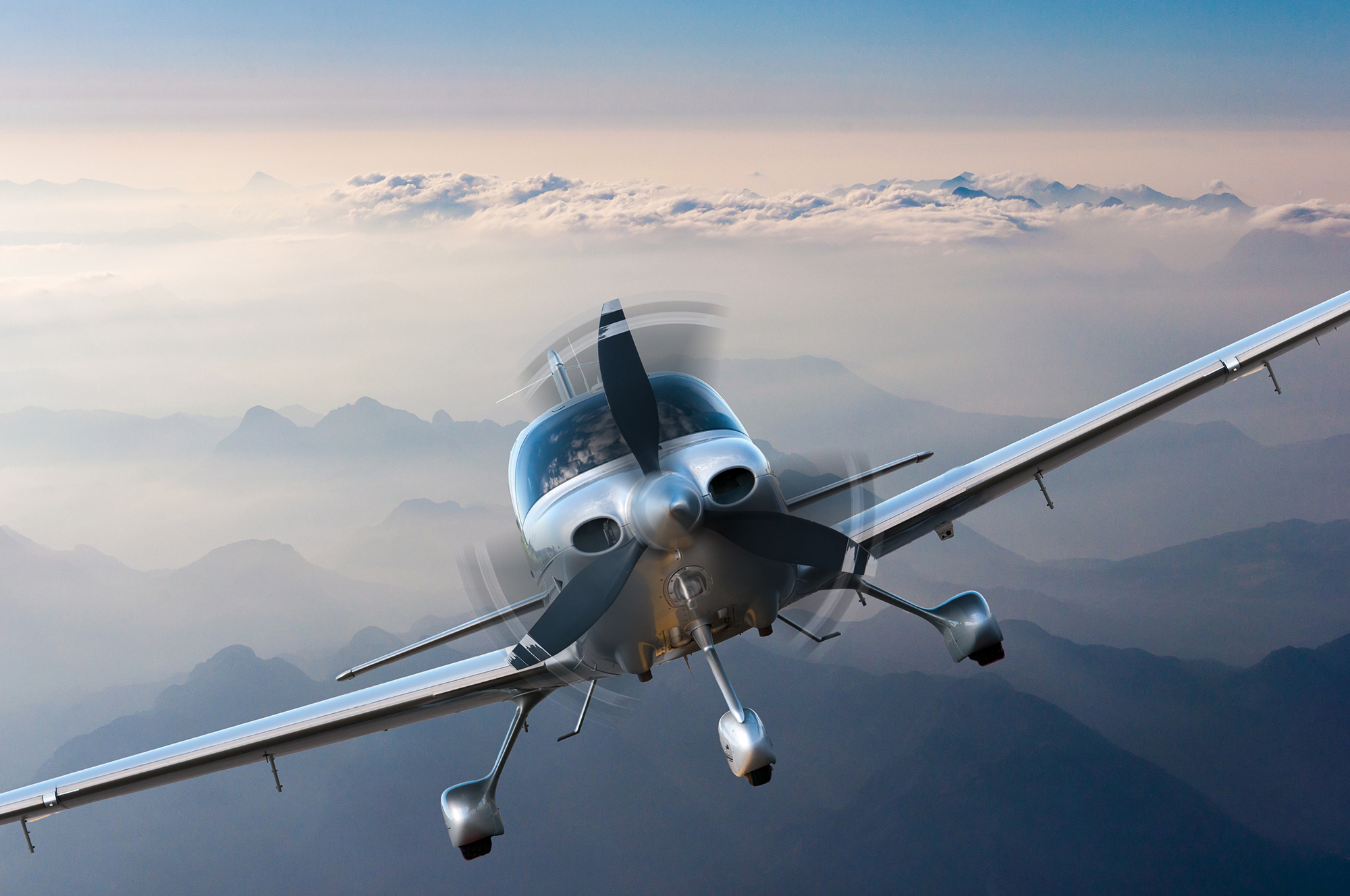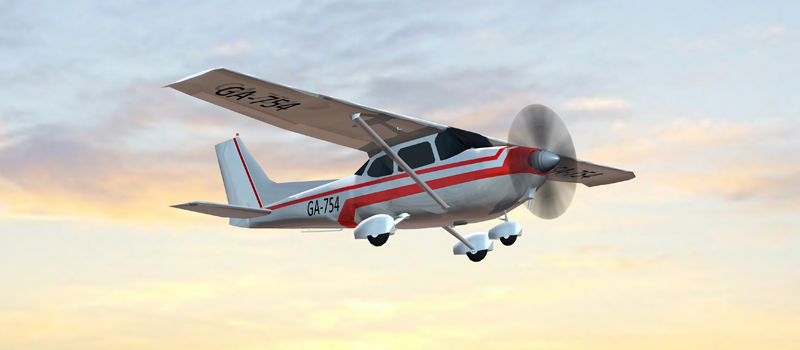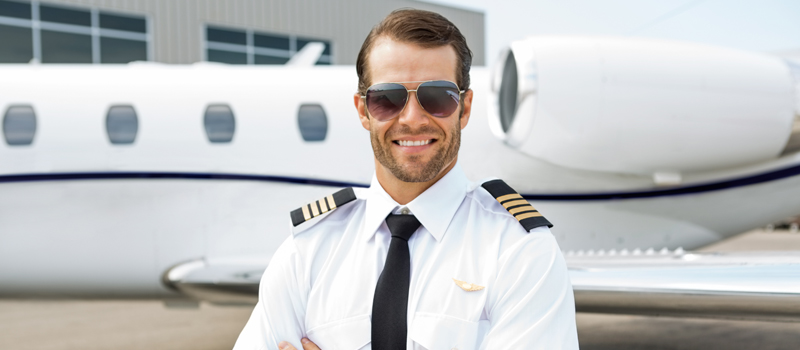An often-overlooked aspect of aircraft ownership is aircraft registration (sometimes referred to as a “tail number” or “N number” in the United States). While the idea behind aircraft registration is not a complicated one, the process of registering an aircraft is slightly more intricate. This article will explain the aircraft registration system and the process involved in registering an aircraft.
How to Register an Aircraft
Eligibility
An aircraft may be registered in the United States as long as it is not registered in another country and is owned by:
- A United States citizen.
- A citizen of a foreign country admitted for permanent residence in the United States.
- A U.S. governmental unit or subdivision.
- A partnership where each of the partners is a U.S. citizen.
- A corporation or association organized in the United States, of which the president and at least two-thirds of the board of directors are U.S. citizens. At least 75% of the voting interest must be owned or controlled by U.S. citizens.
- A non-U.S. citizen corporation organized in the U.S. as long as the aircraft is based in the U.S. and at least 60% of its flight time must be from flights starting and ending within the U.S.
If the aircraft is registered in a jurisdiction outside of the United States, it must first be deregistered in that jurisdiction before being registered in the United States by the Federal Aviation Administration’s Aircraft Registration Branch.
Registering an Aircraft
An aircraft must be registered in the legal name of its owner (i.e., an individual or business).
To register an aircraft, you will have to send the following to the Aircraft Registration Branch of the FAA:
- C. Form 8050-1 (Aircraft Registration Application).
- Evidence of ownership, such as a bill of sale.
- A $5.00 registration fee was paid to the Federal Aviation Administration.
A.C. Form 8050-1 can be obtained online, and paper application forms can be obtained from the Aircraft Registration Branch or an FAA Flight Standards District Office (FSDO).
If a P.O. Box is used as a mailing address, you will have to provide a physical location address on the application.
Every person who must sign the Aircraft Registration Application form must indicate their title, such as “individual owner, co-owner, president, manager,” etc.
Processing the Aircraft Registration Application takes between 16 and 20 working days from the day the documents are received at the Aircraft Registration Branch.
If you want to check if your aircraft is registered in the U.S., you can perform an N-number inquiry on the FAA’s website (registry.faa.gov).
United States (FAA) Aircraft Registrations Explained
Aircraft registration numbers in the U.S. have a fascinating history, and the FAA deviates slightly from the worldwide norm regarding the format of aircraft registration numbers.
A US aircraft registration is often referred to as an “N” number because all U.S. registered aircraft have a registration number starting with the letter “N.”
There are significantly more aircraft registered in the U.S. than anywhere else in the world, with the U.S. accounting for over double the number of aircraft registrations than China, which is in second place.
Because of the massive number of aircraft requiring registration numbers, the U.S. has adopted an alphanumeric number system, meaning all registrations comprise of numbers as well as letters. This allows for 915,399 possible registrations.
The N-number is based on the following requirements:
- The N-Number may not exceed five characters in addition to the prefix letter “N.” In other words, it may not exceed six characters total.
- The N-Number must abide by either of the three following formats:
- Between one and five numbers, N12345, for example.
- Between one and four numbers followed by one letter, N1234Z, for example.
- Between one and three numbers followed by two letters, N123AZ, for example.
- The N-Number may not contain the letters I and O, as they can be confused with the numbers one and zero.
- An N-Number may not begin with a zero. The first zero in an N-Number must have a preceding number between 1 and 9. N01Z is not valid, for example.
- Registration numbers, including and between N1 and N99, are reserved for the FAA.
Aircraft registered before 31 December 1948 may have a second letter that identifies the aircraft category, as the U.S. only began issuing registrations using the modern-day format from 1 January 1949. Certain older aircraft may still display these older registrations, such as registrations beginning with NC, NX, NR, or NL, in accordance with 14 CFR 45.22. This legislation allows exhibition, antique, and other special aircraft to display these registrations under specific rules. These unique second identifiers were issued based on the following categories:
- C = airline, commercial and private
- G = glider
- L = limited
- R = restricted (such as crop-dusters and racing aircraft)
- S = state
- X = experimental
The most probable explanation of why the prefix “N” was chosen concerns the U.S. Navy and its use of the “N” prefix for its station callsigns. During the 1912 London International Radiotelegraphic Conference, the “N” prefix was formally assigned to the United States, and this was later adopted for use in aircraft and standardized in 1948.
Japan and South Korea are the only other nations with no dash in their aircraft registrations. Japanese aircraft registrations begin with “JA” and South Korean aircraft with “HL”.
Another interesting distinction between U.S. aircraft registrations and the rest of the world is the sharing of callsigns between aircraft and amateur radio operators. The U.S. Federal Communications Commission (FCC) issues radio callsigns that are often the same as some aircraft registrations. For example, N4YZ is the N-Number of a Cessna 206 and also the callsign of an amateur radio operator in North Carolina.
How Long Is an Aircraft’s Registration Valid?

An aircraft’s registration expires three years after the initial registration or renewal of registration.
You must file your application for registration renewal five months before the aircraft’s registration expires. This allows the FAA to deliver the new registration certificate to you before the old one expires and provides a safety margin to correct errors. The renewal process can be completed online, and the renewal fee is $5.00. The FAA accepts documents containing digital signatures by email.
The FAA’s Aircraft Registration Branch will send you a notice six months prior to the aircraft’s registration expiration date. If the Aircraft Registration Application is not filed five months before the registration expiration date, the Aircraft Registration Branch will send a second notice. Finally, when the aircraft’s registration expires, the Aircraft Registration Branch will send a third notice.
You can file an Aircraft Registration Application up to six months before the aircraft’s registration expiration date.
Aircraft Registration Explained
In 1944 the Chicago Convention (known as the Convention on International Civil Aviation), which established the International Civil Aviation Organization (ICAO), formalized the basis of a worldwide civil aircraft registration system. According to the convention, all countries must register civil aircraft with their relative National Aviation Authority (NAA), which is the Federal Aviation Administration (FAA) in the case of the United States
Like an automobile’s registration, an aircraft’s registration is displayed on the aircraft itself, and the aircraft is issued a Certificate of Registration. An aircraft can only be registered in one jurisdiction (i.e., country) at a time, but its registration or jurisdiction can change throughout its lifetime.
An aircraft’s registration comprises only letters in the case of most European countries or a combination of letters and numbers (referred to as an alphanumeric code) in the case of the United States. Almost all countries require that an aircraft display its registration on a fireproof plate inside the fuselage, often inside the flight deck. This helps the pilots quickly reference the registration of the aircraft they are flying and allows investigators to identify the aircraft after an accident.
The code also identifies the aircraft’s country of registration. For example, aircraft registered in the United States will have a registration beginning with an “N”. In contrast, aircraft registered in Germany will have a registration starting with a “D-“ with the rest of its registration following the hyphen.
Military aircraft are usually not assigned a civil registration code. Some government-owned non-military aircraft, such as those operated by the Department of Homeland Security, are issued civil registration codes.
In the United States, there are 915,399 possible registrations, although some (such as N1 to N99) are reserved for government use.
History of Aircraft Registration

The first usage of aircraft registration can be traced back to the London International Radiotelegraphic Conference in 1913. The conference issued a registration format similar to what is used in most of Europe today, with a country identifying prefix, a hyphen, followed by the remainder of the registration (e.g., G-ABCD). Only large nations were issued an identifying prefix, while smaller countries shared prefixes.
In 1927 the International Radiotelegraph Convention in Washington revised the registrations, and this formed the basis for the system adopted and implemented in 1944 by the International Civil Aviation Organization (ICAO).
Conclusion
The aircraft registration process is a means of keeping track of the 210,000 aircraft registered in the United States alone. While it may seem cumbersome, and at times paperwork intensive, it is necessary to ensure the skies stay safe and legal.


 @pilotinstituteairplanes
@pilotinstituteairplanes


